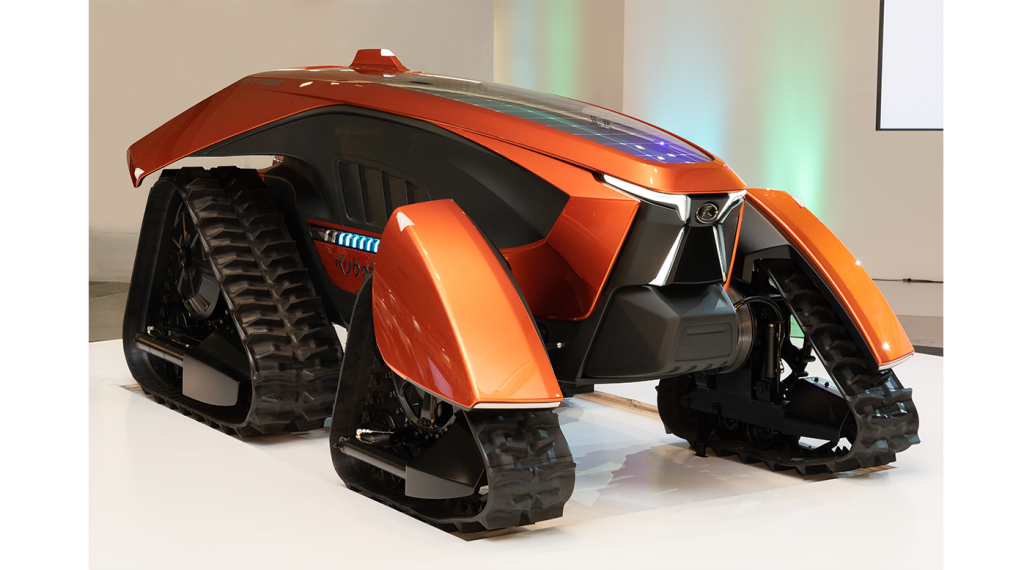 I often find myself wondering, what are we doing today that in 50, 25 or even 10 years’ time people will look back on and wonder why on earth we did things like that?
I often find myself wondering, what are we doing today that in 50, 25 or even 10 years’ time people will look back on and wonder why on earth we did things like that?
I was reminded of this a few months ago when I had a car accident. Thankfully, it wasn’t my fault and there were no injuries, bar a few bumps and bruises for me.
My insurance company was brilliant and a hire car arrived promptly the next day. Though it took me a few days to get back behind the wheel, when I did, I was faced with a whole different — and unexpected— kind of panic.
As I went to pull off of our driveway, I realised that unlike my vehicle, this replacement didn’t have reversing cameras.
I immediately went into panic mode and felt as if all of a sudden I’d forgotten how to drive and was going to hit every single car in the street during my manoeuvre — despite only having a vehicle with reverse technology for a little over five months and driving for seven years previously without any aids. Pretty ridiculous, I know.
I spoke to my mother later that evening who laughed when I told her of my predicament and reminded me that people had been driving for years without reverse technology and had survived just fine.
It was this exact sentiment that came to mind when I saw Kubota unveil its concept tractor— the ‘X’ tractor— in Japan to commemorate its 130th anniversary.
Sporting a futuristic design and looking like something that spawned from a Hollywood film set, this concept design is equipped with artificial intelligence and electrification technology— as well as being completely autonomous.
At first glance, I laughed and absent-mindedly thought, it’ll never catch on— as did many on social media— and couldn’t see how it would or could replace our traditional-type machinery on a wide scale.
Would I realistically see these Transformer-esque tractors autonomously buzzing around the little back lanes of Warwickshire in the years to come? I doubted it…
While the physical look might not be everyone’s cup of tea, on further reading I realised the technology and thought process behind this concept-tractor actually address some very real problems.

Kubota’s ‘X’ concept-tractor was recently unveiled in Japan to commemorate the firm’s 130th anniversary.
For example, in Japan, while an increasing number of farmers retire due to aging, the average scale of farming continues to grow as a result of the contracting out of farm operations and the accumulation of farmland for efficient management, according to Kubota. In order to address the challenges which farmers are facing such as labour shortages and low operating efficiency, it’s urgently necessary to introduce smart farming— hence this autonomous creation.
It was at that moment, I realised that just because it’s not done now, doesn’t mean it can’t or won’t be done in the future and in fact, could be a very feasible solution to a lot of the problems the industry faces at present.
To put it into another perspective, think back to the old-school plough. Heavy, pulled by a horse and incredibly slow. While the farmer at the time probably thought nothing more of it — that’s how it was done, as simple as that — can you imagine now being able to show him that the industry has replaced his horse with high-horsepower, and we have imminent access to vehicles with the capability to run electrically or even autonomously?
So while at first glance, it’s easy to shrug off new and perhaps bizarre concepts, t’s striking just how much has changed in as little as a lifetime, and how day to day tasks— like reversing in a car — have been easier or more efficient through technology.
For me, it’s this mindset that will help us all embrace the innovation coming forward to revolutionise farming in the years to come.
Originally hailing from Devon, Charlotte Cunningham is now based in Warwicks and when not busy filling the pages of CPM, can be found exploring the countryside with two crazy spaniels in tow. @charcunningham




